Garden Maintenance - Pinching, Deadheading and Cutting Back
Deadheading - Buds
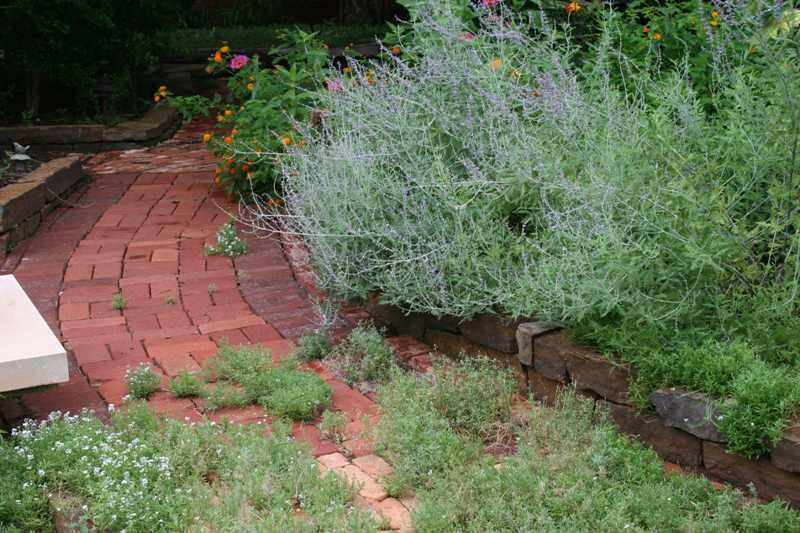
Planting a garden is half the battle. From the day your garden is planted, it will require maintenance to keep your flowers blooming and looking good all summer long. In the following pages, we'll take a look at some of the routine garden maintenance chores you should become familiar with.
Most flowers benefit from having their spent flowers removed. This is called deadheading. Flowers that repeat bloom will often do so only if the old, dying flowers are removed. If they remain on the plant, they will go to seed and stop producing flowers. Even many flowers that bloom only once per season benefit from deadheading, because the plant puts its energy into strengthening itself instead of producing seed. Some exceptions to this rule are plants like Astilbe or ornamental grasses, that bloom only once, but continue to look attractive with their drying seedheads. A good pair of garden pruners will make a nice, clean cut.
Deadheading - Flowering Stem
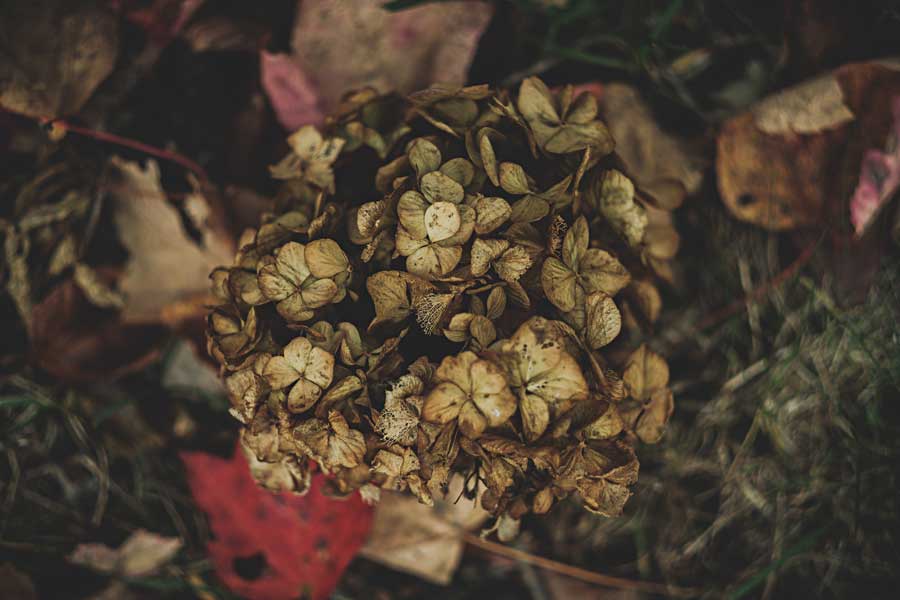
Sometimes it is best to just remove the spent flower bud when deadheading. However, when each flower is on its own stem, it is better to deadhead the entire flowering stem, rather than leaving a gangly, headless stem attached to the plant.
Pinching
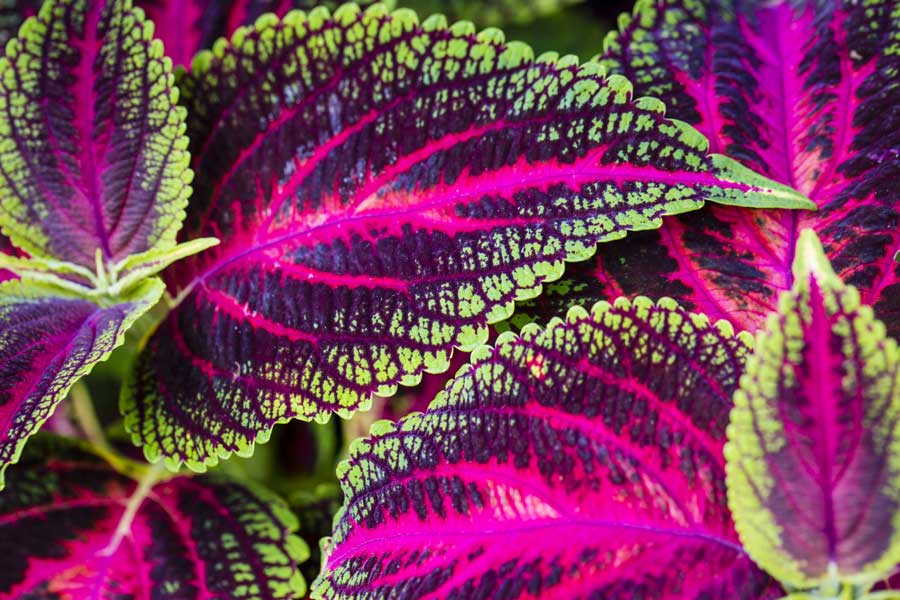
Some plants have very crisp, thin stems and can be deadheaded using you fingers. This type of deadheading is referred to as pinching. Coleus plants are grown for their foliage, not their flowers. Pinching the flowers off of coleus plants encourages the plants to become bushier and fuller. Other flowers that can be pinched include daylilies and salvias.
Pinching versus Shearing
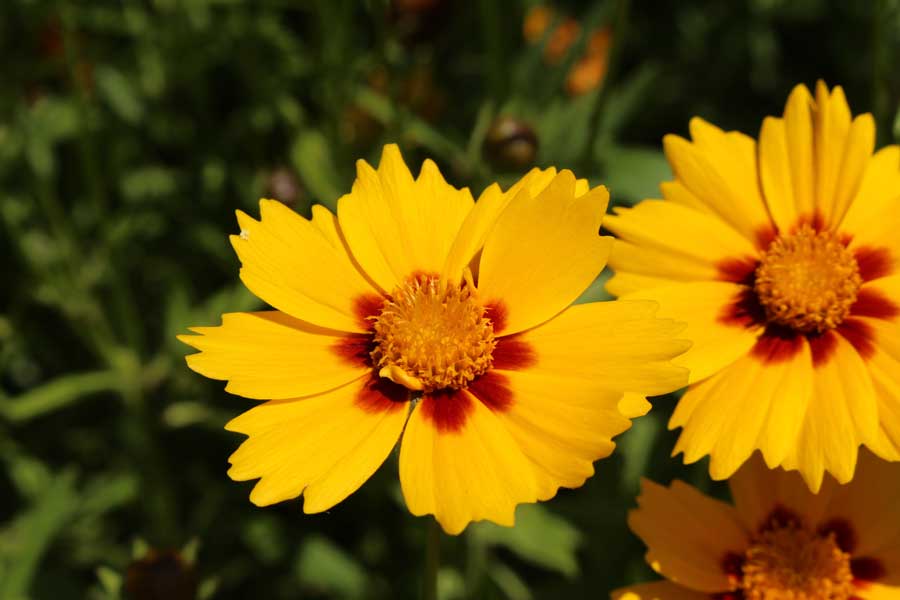
Although threadleaf Coreopsis plants are suitable for deadheading by pinching, the quantity of buds and their close proximity to one another on the stem can make pinching coreopsis a nightmare. With plants like this, you are better off waiting until the majority of buds have bloomed and then shearing the entire plant back by 1/2 to 2/3s. It won't take long at all for the plant to regroup and set more buds.
Shearing
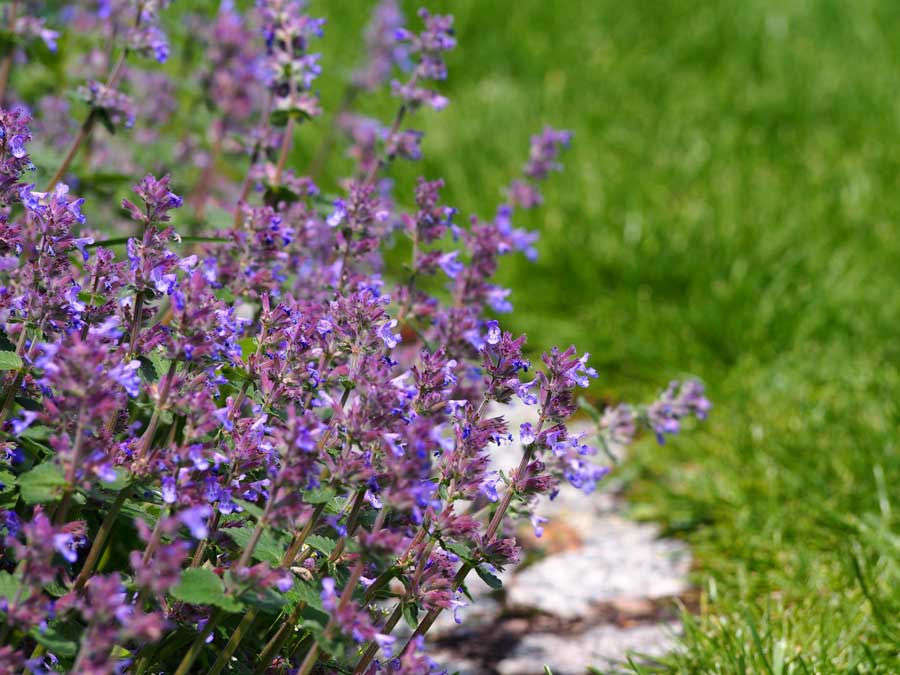
It's not just plants with a vast amount of flowers to be deadheaded that make good candidates for shearing. Plants like Nepeta and hardy Geraniums tend to bloom all at once and then decline. Here nepeta is being sheared back to a few inches. This will encourage the plant to set out new growth and new buds.
Foliage Dieback
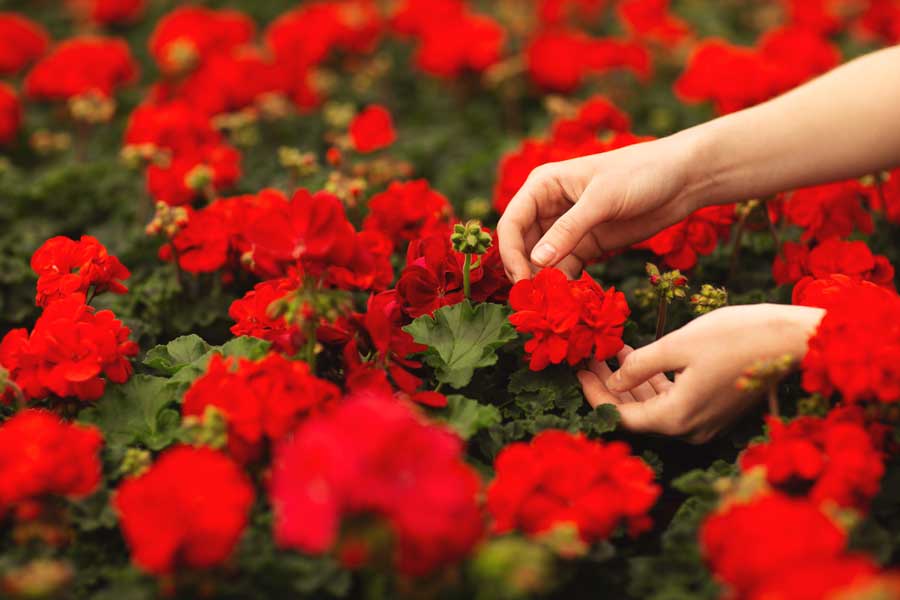
Some early bloomers simply get tired looking by the middle of summer. You will start to notice the older leaves, toward the outside of the plant, drooping and looking worn. This hardy Geranium was a full clump in spring, but now it has become an unattractive sprawler.
Basal Growth
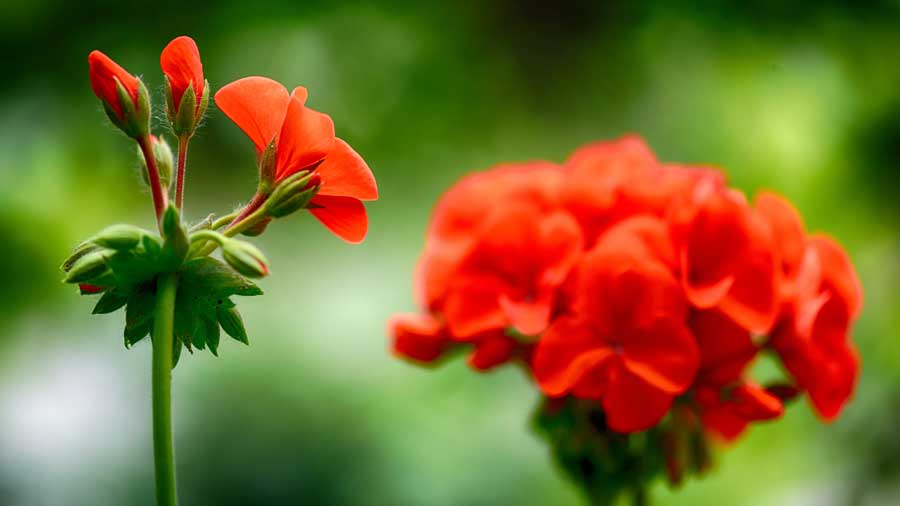
If you look closely at the early bloomers that have started to droop, you will probably see new growth at the base of the plant. This is called basal growth and it's a signal that the plant is ready to rejuvenate itself. The example here is a hardy Geranium. Other plants that will do this are fern leaf Dicentra and mallow.
Pruning to Rejuvenate
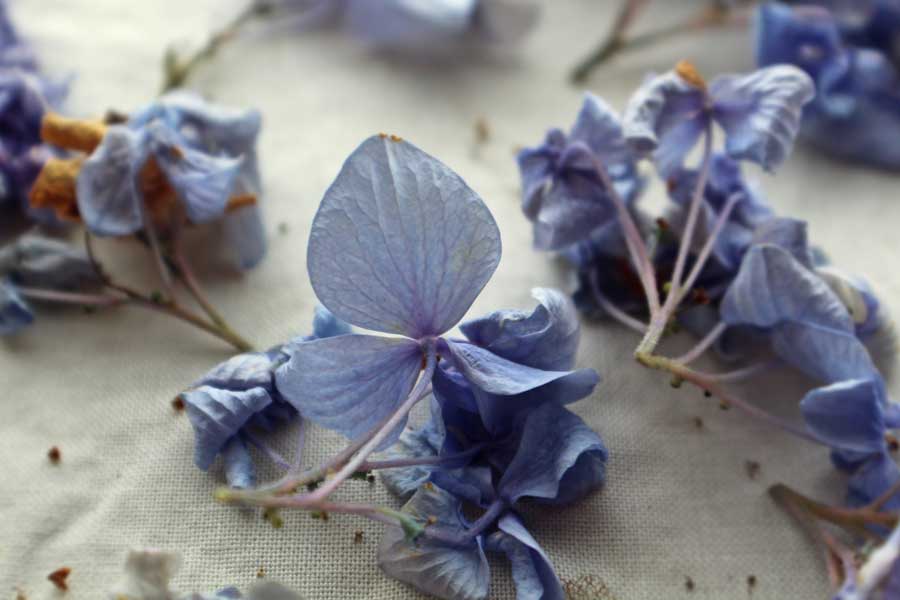
When a plant's older leaves start to look worn, you should prune the foliage back either to where there is still fresh growth or all the way back to new basal growth, if there is any. Many new gardeners can't bear the idea of cutting back an entire plant, but this is tough love and your plants will thank you.
Cutting Back to Shape Plants
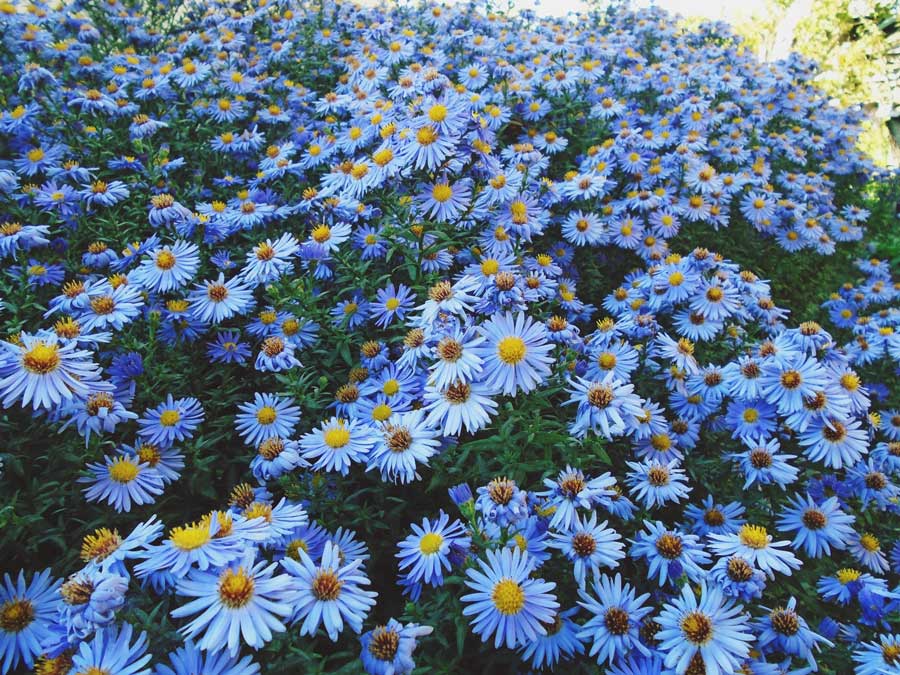
Finally, there is a type of cutting back that has nothing to do with removing old flowers or leaves. Some plants, especially fall bloomers, will grow tall and gangly and not be able to support themselves. Once these plants set flowers they will fall over. To encourage the plants to become stockier, cut the plant by 1/3 once it has reached about 6-8 inches in height. This should cause it to send out more stems. Let it grow about a month and then cut it back by 1/3 again. Now your plant should grow into a full, stocky plant with multiple stems and multiple blooms. The flowers may be a bit later than if you hadn't cut, but there will be more.
From Marie Iannotti, Your Guide to Gardening.
More Resources-
Want to learn more about landscape design & installation faq?
Let our experienced team assist you with your holiday decorating and create a custom look for your home and landscape.
Call Breezy Hill Nursery at 262-537-2111.
NOTE: Any of our sales associates here at Breezy Hill Nursery would be happy to answer your questions about planting and caring for your tree. Call us at (262) 537-2111.
Do you have Gardening questions? Please call or stop by our garden center.
You might also enjoy this post about common landscaping questions or this post about Cut Flower Gardening.
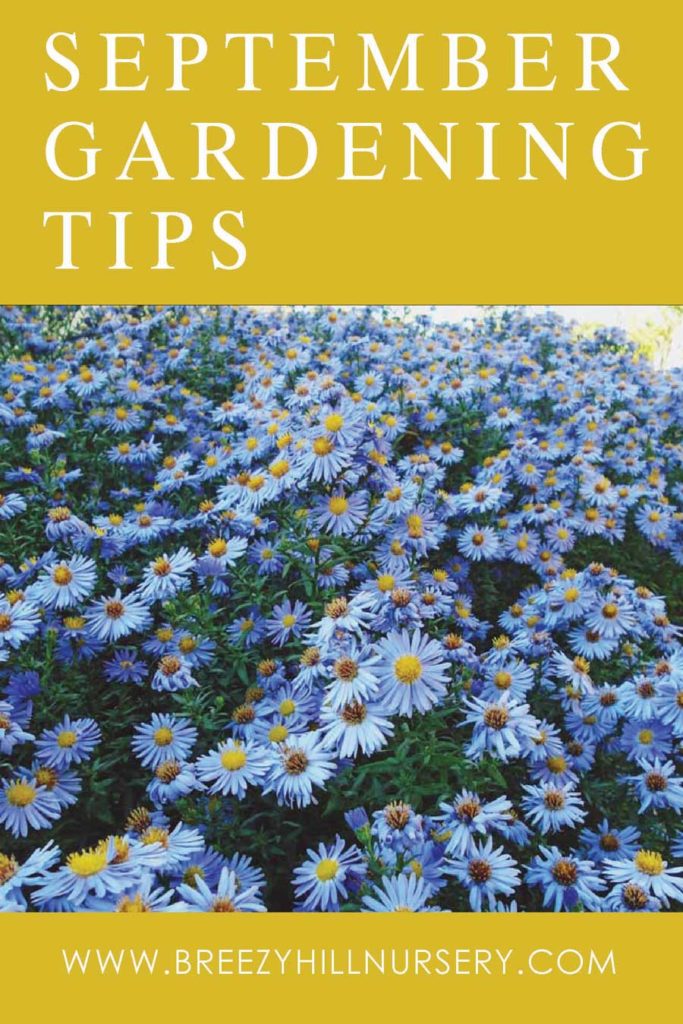

Comments are closed.